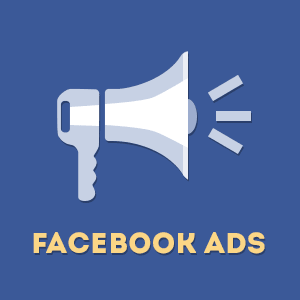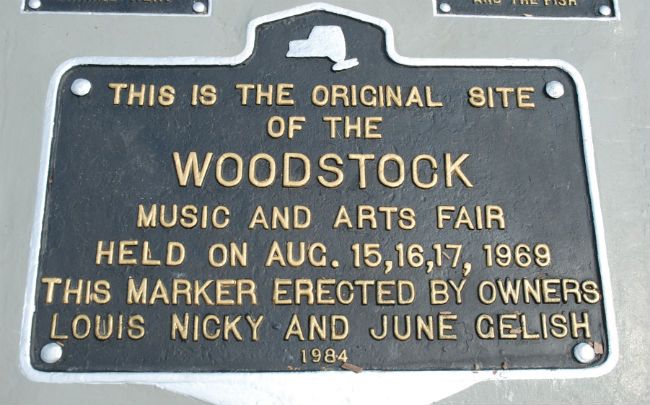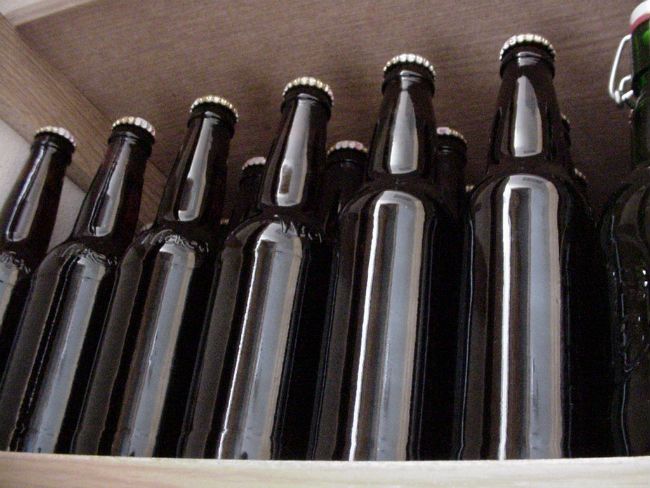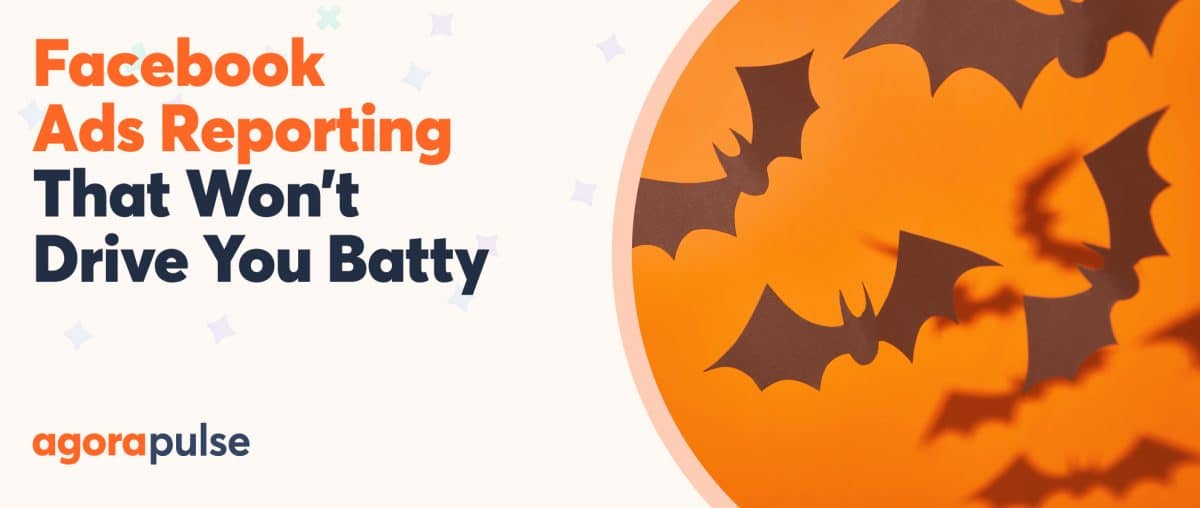When Facebook introduced partner categories last year, social marketers were very excited.
At last, we could target our Facebook ads with real-world purchasing behavior, to bridge the online-offline data gap. And it worked. It worked so well that Facebook started adding more categories just a few months later and made plans to expand the service overseas not long after that.
If you read our recent introductory post on the subject, you know all about that. So now it’s time to start talking about how to realize a strong return from these much-celebrated partner categories. The kind of return you write blog posts about! And that begins with understanding that partner categories are just sets of data, which must be interpreted and acted on before they can drive results of any kind for your company.
So, in the spirit of giving, we’re going to pass a few strategies your way. You can use them as they are, or you can take inspiration from them and come up with something else altogether. Just remember: you already know who your best prospects are, so think about all the partner categories you might find them represented in.
Now, let’s fire up our browser, log into Facebook, and pull up an ad. It’s time to get started.
1. Elite automobiles
If you work in high-end car sales, I don’t need to tell you how unforgiving your industry is; you already know! But it doesn’t have to be quite so hard.
Let’s say you’re selling a Ferrari or a Lotus. They’re expensive cars, to put it mildly. Not everyone is able – or willing – to buy them. So you have to do a little hunting.
Here’s where partner categories come in.
To start, target the people who can actually afford your cars. You’ll find them in the Income (over $125,000), Net worth (over $2,000,000), and Home value (over $1,999,999), of course. Those are the natural choices. They clearly make good money and own the kind of wealth (and equity) to make such a purchase.
But there’s more. Consider the Affluent Baby Boomers category, too. And Corporate executives. They have the ability – and the drive – to invest in high-profile sports cars. After all, what’s professional success without a little conspicuous consumption?
And finally, you may want to consider targeting a few wealthy enclaves in the congressional district categories. It’s more of a blunt tool, not quite as precise as the other strategies we spoke on, but it’s the right line of thinking. Go after your ideal customers, wherever you happen to find them.
2. Hippie festivals
This might seem like a strange one, but I have a reason for including it. After all, locating prospects for such a festival doesn’t seem particularly easy, right? These events certainly qualify as a little obscure!
But think for a moment. Not to generalize too much, but the kinds of people who go to these festivals, well, they have things in common. Generationally, you have the original hippies in the Baby boomers category and possibly in the Green moms one too. Of course, being hippies, they skew left politically, so we should target that part of the spectrum. You’d be remiss not to hit Politics (US Liberal), Registered voters (Democrat), and Donate to liberal political causes.
Now we’re getting somewhere.
And we can’t forget college-aged young adults. They’re usually game for many kinds of festivals, concerts, and events. Thankfully, Acxiom has a category aptly titled Young adults in home, covering 18 to 25-year-olds. Between the tedium of exam cramming and the frustration of a grim economy, they could use a good time, so tell them about your festival!
3. Hardware stores
Here’s an interesting one. Let’s pretend for a moment that you operate a hardware store and you’re new to the neighborhood. You might be an franchisee of an established chain, or you might be a small mom-and-pop, and you want the local do-it-yourselfers to know you’ve arrived.
So, what do you do?
Well, it couldn’t hurt to target the Blue collar and craftsman category. After all, they work with their hands – and possibly in a home improvement capacity – for a living, so they’re probably pretty good at it. Why pay somebody else what you can do yourself? You can expand this demographic further with the Farmers and Military categories. They may not be quite as inclined, but they’re still likely more accustomed to manual labor than the general population, so give them a try.
Then, think about who might have a temporary need for your store. They may not be regular do-it-yourselfers, but they could have a project or two to work on. I’d advise looking at the Recent homebuyer category. Those homes might be projects, after all. And they’re investments, too; there’s equity in them. Remodeling a kitchen or building a tree fort doesn’t just make life better; it raises the value of your home.
But we can go even further. Let’s say you’re running a campaign to sell materials for building nurseries or children’s playpens. You can target the Children in home, Expectant parents, and Children 1 (0 – 2 years) categories. And if you want to market some auto parts designed for older cars? Try New teen drivers and Children 5 (16 – 17 years) so your prospects can fix up their old junkers and pass them on.
4. Vacation sales
Here’s a fun one. Let’s pretend you’re a travel agent and you have to unload a few vacation packages. It might seem hard to figure out who’s ready – and able – to take a little time off work, and it certainly can be, but there are certain life events that make going on a sabbatical more likely.
For one, Newlyweds are a good choice. What’s a wedding without a honeymoon, and a nice one at that! This may be your most lucrative category, but it’s not the only one.You should also go after the Young adults in home one we spoke on earlier. They may be interested in taking a gap year before college, or traveling over a summer break (or two).
But what if you’re selling, say, a Disneyland package? Young adults – and even older ones! – still flock to the park, but they’re not your ideal demographic. For that, hit Children 3 (6 – 10 years).
And, of course, targeting the higher income brackets – there’s plenty of categories that represent them – is always a good choice, as they certainly have the financial means to go on a vacation.
5. Craft beer
I’m sure we’ll all enjoy this one. If you work for a brewery and you’re marketing a new craft beer, which is a more niche market, you want to be sure you’re talking to the people who are most likely to drink it.
So, consider your branding. Are you an old fashioned, down-home brewery that wears its working-class identity on its sleeve? Hit the familiar Blue collar and craftsmen, Farmers, and Military partner categories. They should be receptive. You can target some of the lower income and net worth brackets, too, if it’s a budget brew. And going after congressional districts known to vote republican may work as well. Finally, mothering is hard work, so reach out to the Working-class mothers as well.
But what if you’re selling something a bit different? What if the price point is higher and the packaging more luxurious? Effete, even? What if you’re pitching a refined brew for a refined audience? Well, we’d return to our earlier higher income and net worth partner categories. We could hit Corporate executives and Affluent Baby Boomers again, too. And Legal professionals and Medical professionals typically make good money, so they’re good fits as well.
And that’s it. It’s that simple. Though you may not work in any of the 5 fields we talked about, you can still apply to the same logic – for similar results – to your industry.
Just think. Who are your ideal prospects? What qualities do they share? What, generally, do they look like, dress like, and shop like? Where are they in life, and what do they do for a living? Get an image in your head of just who you’re selling to, and then go through all of Facebook’s partner categories and pick the ones that match.
We had online Facebook data before – a lot of it – and that data worked well. But it wasn’t quite enough, was it? We don’t live entirely on Facebook, after all. So, we have to make the most of offline data too. You owe it to yourself, your company, and most of all your prospects, who can benefit from your fantastic product or service but might not know it yet.
But for all the trumpeting we’ve done for partner categories – and it admittedly is a lot! – they’re just one tool in your Facebook ads repertoire. A very good tool, but still a tool.
When building an audience for your ad, consider other data as well. Many of the things users state on their actual profiles – from ages to alma maters – is overwhelmingly useful, knowing what pages they like can be very illuminating. As with so many things, taking advantage of all the opportunities available to you usually yields strong results.
That said, we’d love to hear your experiences with partner categories. What works? What doesn’t? Let us know in a comment below!









